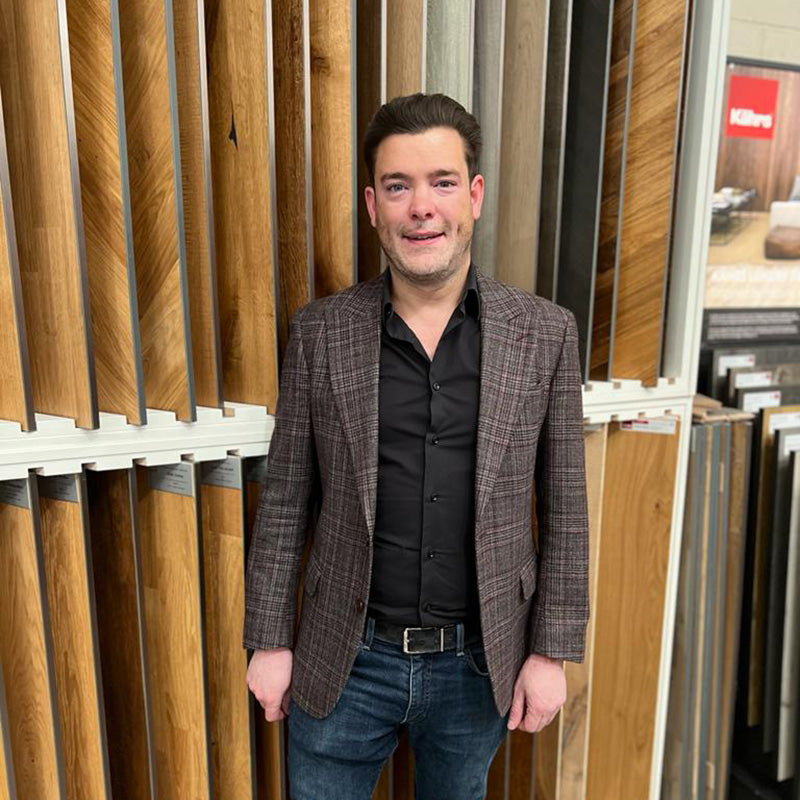What Landlords Need to Know About Durable, Low-Maintenance Flooring
Let’s be honest — tenants aren’t always as careful as we’d like. Shoes get dragged in, chairs get scraped across the floor, and spills happen more often than not. That’s why flooring in a rental needs to be tough. Forget about those delicate options that look great in a showroom but can’t survive a year of real living.
Laminate: Looks Good Without Breaking the Bank
Laminate’s been a go-to for a while now, and it’s easy to see why. It looks pretty close to real wood but costs a lot less. Plus, it can take a bit of a beating — perfect for high-traffic areas like living rooms or hallways. One thing, though: it’s not the biggest fan of water, so maybe skip it in the kitchen or bathroom unless you’re sure it won’t get soaked.
Luxury Vinyl Tile (LVT): Surprisingly Tough and Stylish
If you haven’t considered LVT yet, you’re missing out. It’s like the Swiss Army knife of flooring — durable, water-resistant, and comes in all sorts of designs that can make a rental look a bit more upmarket. It’s a solid pick for kitchens and bathrooms, especially since it can handle spills without warping.
Tiles: Great for Wet Spots — But Mind the Chill
Tiles are the heavyweight champs of durability. Seriously, once they’re down, they’re there for decades. They’re perfect for bathrooms and kitchens where water’s a given. Just one downside — they’re cold underfoot, which isn’t exactly cozy on a winter morning. If you’re going with tiles, maybe think about underfloor heating if your budget allows.
Carpet: Soft, Cozy, But a Bit Risky
Carpet can make a place feel warm and inviting, especially in bedrooms. Tenants love it, but you might not — spills, stains, and general wear and tear mean you’ll probably be replacing it more often. Go for carpet tiles if you want something you can swap out without redoing the whole floor.
Don’t Forget Soundproofing
Hard floors like laminate and tile can be noisy — think footsteps, dropped toys, and moving chairs. If you’re renting out an upstairs flat, that’s a complaint waiting to happen. Underlay or area rugs can help soak up some of that noise, so it’s worth the extra investment to keep everyone happy.
Easy Repairs Save Headaches Later
Even the toughest floor can get damaged. That’s why it’s smart to think about how easy it is to fix. LVT planks or tiles are great because you can replace just the damaged bits instead of ripping up the whole thing. Laminate’s a bit trickier but still easier than a carpet or a solid wood floor.
Budget — Don’t Cheap Out, but Don’t Go Overboard Either
Look, we all know budgets are tight. But sometimes going for the absolute cheapest flooring can end up costing more in the long run. Cheap stuff tends to wear out fast, and replacing it every time a tenant moves out is a hassle no one needs. Spending a bit more on something durable can actually save you money down the line.
What Is The Best Flooring for Landlords
At the end of the day, picking the right flooring is about balancing looks, durability, and maintenance. Tenants want a place that feels like home, but you need something that can stand up to real life — all the spills, scratches, and surprises that come with it.
Laminate, LVT, tiles — they all have their strengths. Think about who’s living there, what kind of traffic the room’s going to see, and how much time you’re willing to spend fixing it up. Get it right, and you’ll save yourself a whole lot of hassle later on.



